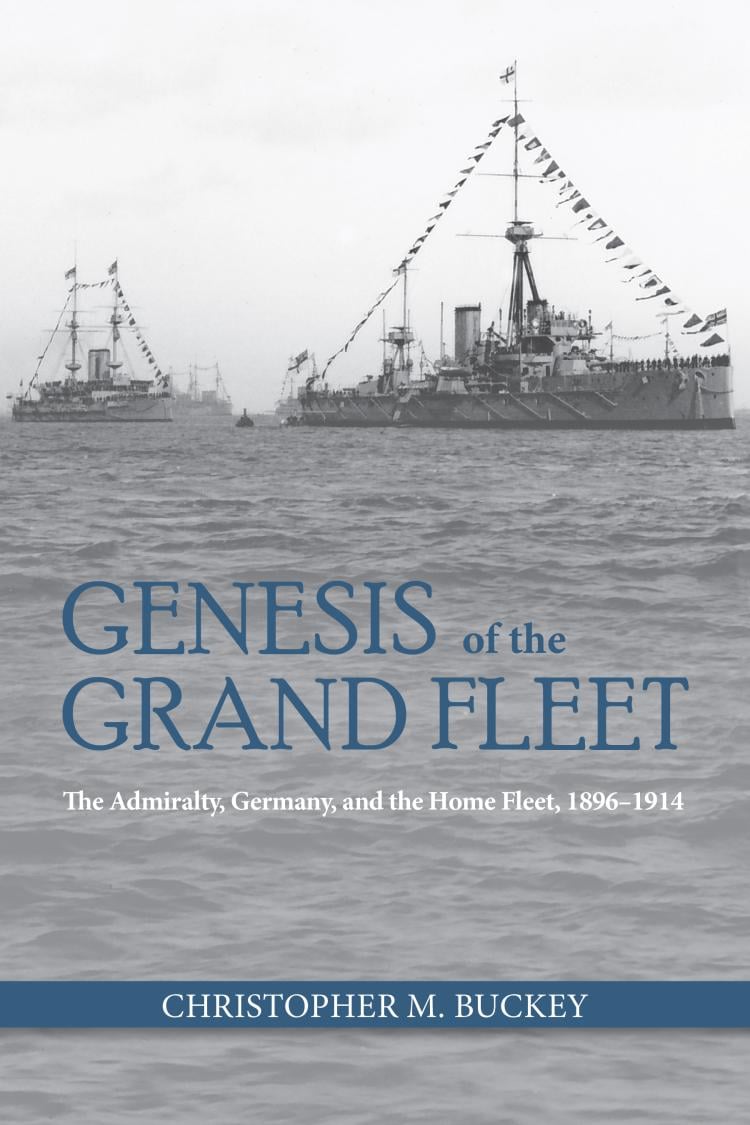A Ceaseless Watch
- Subject: World War II | General Military & Naval History | World of Warships Booklist | Summer 2024 Sale
- Format:
Hardcover
- Pages:
336pages
- Illustrations:
15 b/w illustrations, 4 b/w maps
- Published:
April 15, 2021
- ISBN-10:
1682475336
- ISBN-13:
9781682475331
- Product Dimensions:
9 × 6 × 1 in
- Product Weight:
25 oz
Overview
A Ceaseless Watch: Australia’s Third Party Naval Defense, 1919–1942 illustrates how Australia confronted the need to base its post–World War I defense planning around the security provided by a major naval power: in the first instance, Britain, and later the United States. Spanning the period leading up to Australia’s greatest security crisis—the military threat posed by Japan throughout the majority of 1942—the work takes the reader all the way up to the defeat of the Imperial Japanese Navy by the United States Navy in the Solomon Islands campaign.
Britts illustrates the difficulty in forming a defense relationship between small and great powers, where the needs of the former are not subsumed by the interests of the latter, from the interwar years to the start of World War II. In an era when the entire Pacific region was at war, the inability of a larger power to fulfill its side of a defensive pact with a smaller power shaped the future of the region itself.
About the Author
Editorial Reviews
“Angus Britts' ground-breaking investigation of Japanese, British, American and Australian naval planning in the lead-up to the outbreak of the Pacific War in December 1941 sheds new light on the Allies' difficulties in responding to the threat posed by the Imperial Japanese Navy, and how Australia shifted its reliance on the Royal Navy to a new relationship with the United States.” —Dr. John Connor, senior lecturer in History, Australian Defence Force Academy, University of New South Wales, Canberra
“A Ceaseless Watch is an absorbing read and a worthy addition to scholarly works on Australian strategic history. It sits well with historical analytical works on the Pacific War.” —Australian Naval Institute
2021 ANI Commodore Sam Bateman Book Prize Honorable Mention
“Recommend as a useful and interesting addition for those who study the period and Australia.” —The Naval Review









